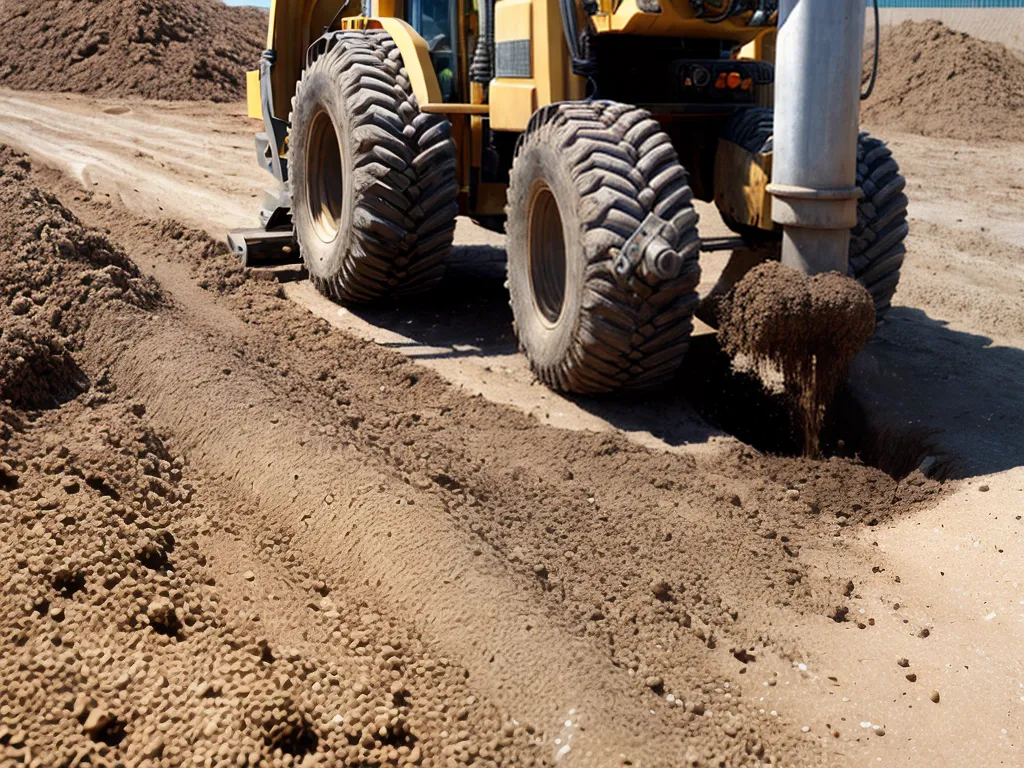
Grounding is a critical component of any industrial facility's electrical system. Proper grounding protects personnel and equipment in the event of a short circuit or electrical fault. However, there are some common misconceptions about industrial grounding that I have come across over my career as an electrical engineer. In this article, I will discuss some of the most notable industrial grounding misconceptions and explain why they are incorrect.
Grounding is Only Needed for Personnel Safety
One of the biggest misconceptions is that grounding is only required for personnel safety. While protecting workers from electric shock is a key function, grounding also serves several other important purposes:
-
Protecting equipment - Proper grounding provides a low impedance path for fault currents to flow. This prevents overheating and damage to electrical equipment.
-
Avoiding interference - Grounding helps avoid interference between electrical systems and sensitive electronics. The earth is used as a common reference point.
-
Lightning protection - Grounding conductors provide a path to dissipate lightning strikes without damage to facilities.
So while personnel safety is critical, grounding also supports reliability and proper functioning of industrial electrical systems.
The Earth Can Be Used as the Only Grounding Electrode
Many think that a single ground rod hammered into the earth provides sufficient grounding. However, relying solely on the earth as a grounding electrode is ill-advised for a few reasons:
-
High impedance - A single ground rod often has too high of an impedance for proper fault current dissipation. More electrodes are needed to get below the target impedance.
-
Moisture dependence - The soil moisture content directly affects the earth electrode impedance. Extended dry periods can increase the ground resistance above acceptable limits.
-
Corrosion - Buried ground rods eventually corrode, increasing their impedance over time. Periodic testing is required to verify their integrity.
That's why most electrical codes require using multiple, redundant grounding electrodes in parallel to achieve sufficiently low impedance. Common supplemental electrodes include underground copper conduits, building steel, metal water pipes, and concrete-encased electrodes.
Separate Grounding Electrodes Should Be Used for Different Systems
I occasionally see separate ground rods or ground rings installed for different electrical systems within a facility. For example, the telecom system may have its own ground grid disconnected from the power system's grid. However, this defeats the purpose of proper grounding.
The key benefit of grounding comes from all conductive systems being referenced to a common ground potential. Separating grounding grids:
- Removes the common reference point needed for noise rejection
- Can cause potential differences during fault conditions
- Complicates the grounding system design without benefit
Interconnecting all grounding electrodes creates a united grounding network with lower impedance. Separate grounding grids should be bonded together above grade to avoid these problems.
Conductive Building Steel Makes a Good Grounding Electrode
In facilities with structural steel frameworks, there is often a misconception that the steel columns, beams, and decking provide enough surface area to serve as the grounding electrode. However, relying solely on conductive building structures is not advisable.
While building steel can serve as a supplemental grounding electrode, it has some disadvantages:
- Paint, rust, and bonded joints increase impedance.
- Difficult to verify integrity through testing.
- Uncertain construction may not meet electrical code requirements.
Connecting to building steel should always be done in conjunction with other dedicated grounding electrodes to avoid relying on building elements outside of your control. Periodic testing is recommended to identify any elevated impedance points.
Generators and Separate Buildings Don't Need Grounding
I sometimes encounter the assumption that grounding is optional for generators, outbuildings, and other ancillary structures. However, proper grounding should be provided on all structures and equipment regardless of their purpose.
Whether it's a generator, shed, or separate manufacturing line, grounding still provides critical protection:
- Fault current dissipation prevents equipment damage.
- Personnel safety requires grounding for all electrical systems.
- Interconnected grounding avoids noise issues and potential differences.
Every building, generator, and major piece of equipment should be grounded to the same common facility grid. This ensures proper fault protection and avoids ground potential rise issues.
Conclusion
Proper grounding design requires dispelling common misconceptions and relying on electrical codes and best practices. Grounding is critical for safety, equipment protection, and noise rejection - not just personnel protection. Multiple electrodes are necessary to achieve suitably low impedance. All conductive systems should be interconnected to a common facility-wide grid.
Following the latest grounding guidelines and periodic testing helps avoid these misconceptions. A licensed electrical engineer can provide grounding designs tailored to your facility's unique safety and reliability requirements. Proper grounding is an investment that protects your personnel, equipment, and operations.